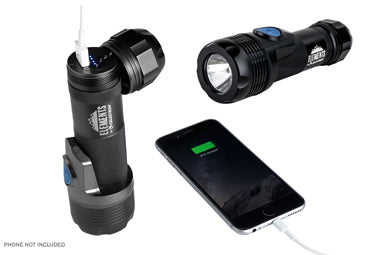Eyes on ISON
May 31, 2013
This article is the part of a series on comets contributed by Tammy Plotner. Tammy is a professional astronomy author, President Emeritus of Warren Rupp Observatory and retired Astronomical League Executive Secretary. She was the first woman astronomer to achieve Comet Hunter’s Gold Status.
With a nucleus roughly two miles across, Comet ISON may become the "Comet of the Century" when it reaches the inner solar system later this year. Amateur astronomers Vitali Nevski and Artyom Novichonok discovered Comet C/2012 S1 near Kislovodsk, Russia, on September 21, 2012; the comet was named ISON for the 0.4-meter telescope that discovered it, part of the International Scientific Optical Network.
At that time, ISON was about as far away as Jupiter . However, the icy interloper is rapidly approaching the inner solar system and will eventually skim within 2m kilometers of the Sun! If it remains intact, ISON will give astronomers around the world a show we won't soon forget.
“By early October, Comet ISON will be visible in telescopes and binoculars, though the latter may only be for those with reasonably dark skies,” said Sungrazer Project Coordinator Karl Battams. “It should be sporting a reasonable tail, though I think that will be better post-perihelion. In the days preceding perihelion, it should brighten up very rapidly as it passes through our cameras on the NASA STEREO and ESA/NASA SOHO satellites, quite likely saturating our detectors and forcing us down to extremely short exposure times.”
According to predictions, Comet ISON may become as bright as the full Moon; it could even be visible during daylight hours. As ISON nears the Sun, it will warm up, giving off layers of gas and dust—the ingredients for a fantastic tail. As wonderful as this scenario sounds for observing, there's also a possibility the comet may deliver a less-than-dazzling performance.
“Several things can cause comets to fizzle,” explains Battams. “Comets are not dense, solid rocks like asteroids; they're a loose collection of ice and dust. The larger a comet’s surface area, the more volatiles are exposed to solar wind and the more sublimation or ‘melting’ occurs. If a comet starts to fragment, then much more surface is exposed and the comet will burn out much faster.”
As the comet grazes past the Sun and reacts to the Sun’s heat, it may compress and explode in the solar atmosphere. If this occurs, some people worry that ISON could trigger a shockwave, resulting in a solar flare.
So, will ISON explode? And does an ISON-related solar flare post any threat to us on Earth? Let’s turn to Battams for a professional opinion:
ISON appears to be a newcomer to the solar system. If so, it has never experienced the extreme near-Sun environment, and currently has all of its volatile elements largely intact. This would explain why it is so active already, even while still so distant from us. If this comet has never been “tested” in the inner solar system, there's a good chance it will just be too volatile and will simply burn out and fall apart.
Sun-grazing comets have no direct or indirect affect on space weather, and have no effect of any consequence on the Sun. What they are useful for is studying the solar corona when they pass through it, as they essentially act like small probes. Like throwing a rock into a pond, we can study the ripples—in this case, the comet's tail dynamics—and learn new things about the solar corona. This, in turn, can help us understand and predict space weather. But the comet itself will have zero influence on Earth.
Will Comet ISON be spectacular, or will it sparkle and fade? At this point, no one can say with certainty.
“Comets are inherently dynamic and volatile objects, and each one is composed and structured a little differently. They have different concentrations of elements, different densities, different sizes, different shapes and rotation rates, and different structures,” explains Battams. “We have very generalized rules that seem to work quite well at predicting the brightness behavior of most comets, but we frequently see comets that outburst (brighten rapidly) or fragment unexpectedly. So while we know how a ‘typical’ comet will brighten, and what its density and composition may be, that is only a very broad picture.”
However, there’s one thing we know for sure: this year, all eyes are on ISON!
Click here to download a printable PDF of this article!
-Tammy Plotner
Celestron Comet Expert


























